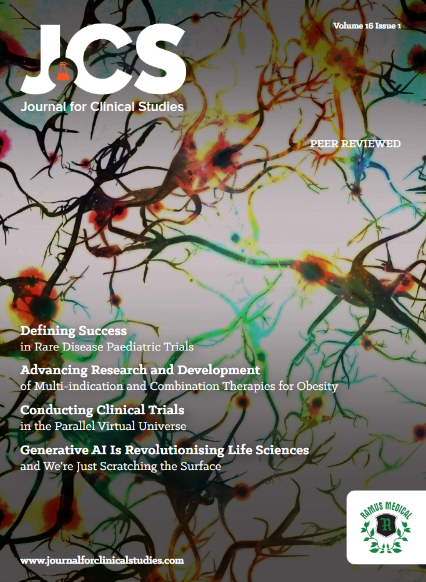Life science organizations and academic medical centers have an opportunity to advance scientific research by leveraging data, but there is one major roadblock: stakeholders have competing incentives.
Technology adoption and integration of data is not blocking advancement. To the contrary, the lack of aligned incentives between these stakeholders (patients, researchers, industry) is.
Below are considerations as we imagine a more connected future between industry stakeholders. As technology advances and finding new treatments and therapies becomes more promising, we must think about the needs and concerns of various stakeholders in the ecosystem – and how to better align them – in order to make better care outcomes a reality.
What needs to happen for true data transparency and utilization?
Pharmaceutical stakeholders are looking to leverage new types of data, while academic medical centers must maintain the security of the data and the privacy of their patients. It’s important to acknowledge that these two stakeholders come to a similar task with different approaches. Across the board, patients must be assured of the security of their data while receiving transparency into how their data is being used. To be successful and fully leverage the promise of patient data, we must align the incentives of these stakeholders. Throughout this process, an ethical approach to collaboration and transparency must be our collective guidepost to ensure the biggest impact.
Where do we start?
At the source, of course. By integrating and curating data across the academic enterprise, these institutions can boost their research and clinical missions with data that is organized and curated with local context to solve specific business problems. Continuously expanding the included data sources and the curation work done for prior issues makes the organization an active steward of their entire data environment. Partnering with their patients to clearly explain how their data is used and giving them a view into the research and clinical outcomes empowers patients with an understanding of their role in moving medicine and research forward.
Expanding the use of data outside the source environment is next.
By making the data better for their internal purposes, these centers will have made their data more usable for industry collaborators as well. Since data collected during clinical care may not meet the needs of an industry partner, the parties can have a transparent dialogue to tailor the data to the specific business problem being addressed while being open about the partnership to patients. Finally, providing a secure, private environment where collaborators can work with the data while the data source never loses control of their data is key.
We know that sharing data in a trusted environment can lead to a “network effect” by creating increased insights that are derived from data. As a result, researchers and institutions can leverage these prior insights for their own research, allowing them to be more efficient, while at the same time providing recognition for prior contributions (through attribution or other mechanisms). The world of scientific discovery has a wealth of data but faces many obstacles in making full use of it. This challenge drove us to create Syntropy with its mission to remove roadblocks to progress, connecting institutions with new insights and each other. The platform delivers healthcare data governance, harmonization, and collaboration solutions aimed at unlocking the value of real-world data.
Real-time collaboration
Amid the COVID-19 pandemic, we witnessed multiple organizations working together to create products, solutions, and strategies to mitigate the spread and impact of the virus. This experience showed us the possibilities of how the regulatory landscape is adaptable in enabling, sharing, and collaborating with data when the stakes are high. The only way to break down data silos is by maintaining the integrity of the data itself.
Syntropy enables unification, control, and attribution for data sources and in return, access and collaboration in a fully compliant environment with clear data provenance tracking for collaborators. This encourages the destruction of data silos, increased transparency for all, and quicker movement to harmonized data that can drive innovative discovery. Lastly, the platform incorporates insights and local context from every researcher and clinician that touches the data back into the asset, compounding its value with each iteration to continually accelerate the speed to insight for the next user.
Looking forward
By aligning incentives across our stakeholders, we can capture the full value of patient data while addressing the needs and concerns of all. This ethical approach inspires deep collaboration and continued innovation.
Ultimately, we have the technology and innovative potential to enable our partners to extract the full value from data to accelerate breakthroughs in care and research for all. Data-driven collaboration has the power to transform healthcare and to advance scientific discovery. We are proud to be part of an industry-wide effort to improve care and fight back against disease.















